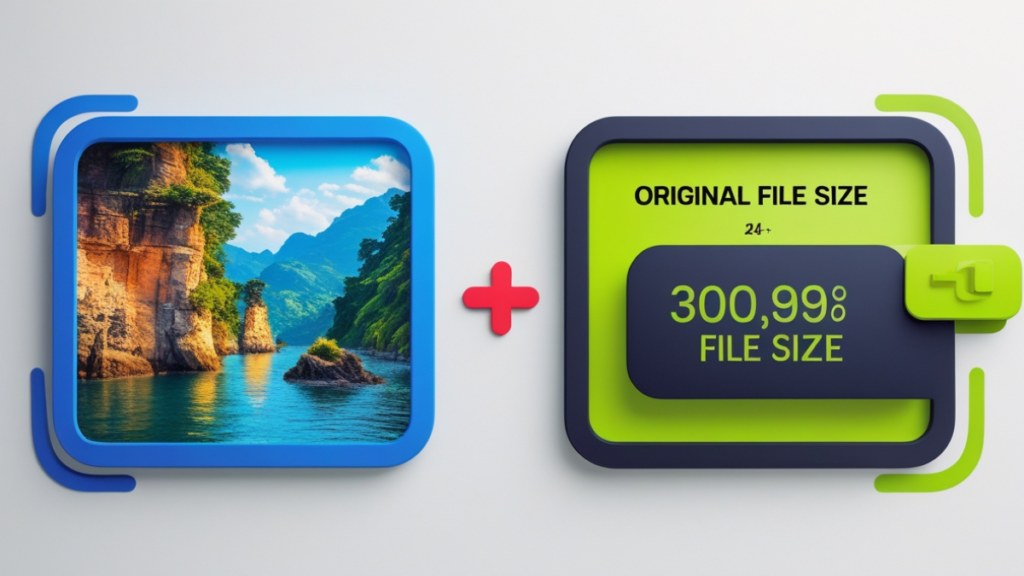Introduction
In the digital age, the speed of your website is more important than ever, both for user experience and SEO rankings. One of the primary factors contributing to slow website loading times is image optimization. Large, unoptimized images can significantly delay your site’s performance, leading to a negative impact on your search engine rankings and user satisfaction. Image optimization for faster website loading times is an essential practice every web developer, designer, and business owner should embrace.
In this article, we will explore why image optimization is crucial, provide practical tips to optimize your images, and how these practices will enhance your website’s overall performance.
Why Image Optimization Matters for Website Speed
The connection between website loading times and user experience is undeniable. A slow website can lead to a higher bounce rate, decreased conversion rates, and overall dissatisfaction. Image optimization for faster website loading times is the key to ensuring your site loads efficiently, even with high-quality visuals.
- Faster Page Load Times: Images are often the largest files on a website. When not optimized, they can dramatically slow down your page load time. For example, a single unoptimized image file can range from 1 to 3 MB, whereas an optimized version could be as small as 100 KB to 300 KB. This reduction in file size can significantly improve the page load time.
- Better User Experience: Websites that load faster provide a better user experience, keeping visitors engaged longer. A fast website is more likely to encourage users to explore your content, products, or services, thereby improving your site’s performance.
- SEO Benefits: Google and other search engines consider page speed as a ranking factor. A site with faster loading times is more likely to rank higher, gaining increased visibility and traffic. Optimized images contribute significantly to improving this ranking factor.
- Mobile Responsiveness: With more users browsing the web via mobile devices, it’s crucial to ensure that images load quickly across all platforms. Optimizing images for mobile devices can drastically improve performance on smartphones and tablets, offering a seamless browsing experience.
How to Optimize Images for Faster Website Loading Times
Here are some proven strategies to optimize your images, ensuring faster website loading times and an enhanced user experience.
1. Choose the Right File Format
The first step in optimizing your images is selecting the appropriate file format. Different formats serve different purposes, and using the wrong format can result in unnecessarily large files. Here are the most common image file formats and their ideal use cases:
- JPEG (Joint Photographic Experts Group): Best for photographs and images with many colors and gradients. JPEGs have lossy compression, which reduces file sizes while maintaining a decent level of quality.
- PNG (Portable Network Graphics): Ideal for images with transparency or sharp edges, such as logos or icons. PNGs are lossless, meaning they retain quality but may result in larger file sizes than JPEGs.
- WebP: A modern image format that supports both lossy and lossless compression. WebP provides excellent compression rates while maintaining high image quality. It’s an excellent option for reducing file sizes.
- SVG (Scalable Vector Graphics): Best for vector images, such as logos, icons, and illustrations. SVGs are lightweight and can scale without losing quality, making them perfect for responsive websites.
2. Resize Your Images
Before uploading any image to your website, ensure it is the correct size. Images should be resized to the maximum dimensions required for display. For example, if your website displays images at 1200×800 pixels, don’t upload an image that is 5000×3000 pixels, as this will unnecessarily increase the file size.
Resizing images before uploading them is a simple yet effective method for optimizing website performance.
3. Use Compression Tools
Image compression reduces the file size without compromising quality too much. There are two types of image compression:
- Lossy Compression: This method removes some data from the image to reduce its file size. While it may cause slight quality degradation, the reduction in file size can be significant.
- Lossless Compression: This method compresses the image without losing any data, preserving the image’s quality. Although the file size reduction is not as significant as with lossy compression, it’s a good choice for images that need to maintain high quality.
Several tools can help you compress images for faster website loading times:
- TinyPNG (https://tinypng.com/)
- ImageOptim (https://imageoptim.com/)
- JPEG-Optimizer (https://www.jpeg-optimizer.com/)
4. Implement Lazy Loading
Lazy loading is a technique where images are only loaded when they come into the user’s viewport (i.e., when they scroll down to that section of the page). This reduces initial page load times, as only the images visible on the screen are loaded first. Lazy loading is particularly useful for long-scroll pages or websites with multiple images.
To implement lazy loading, you can use JavaScript libraries like Lazysizes (https://github.com/aFarkas/lazysizes).
5. Enable Image Caching
Caching allows the browser to store images and other resources locally so that they don’t need to be reloaded every time a user visits your website. By enabling image caching, repeat visitors will experience faster load times.
To enable caching, add the appropriate caching headers in your server configuration or use a content delivery network (CDN) that automatically handles caching for you.
6. Optimize Image Delivery with a CDN
A Content Delivery Network (CDN) distributes your images across multiple servers located in different geographic locations. This ensures that users can download images from the server closest to them, reducing load times. Popular CDNs for image delivery include Cloudflare (https://www.cloudflare.com/) and Amazon CloudFront (https://aws.amazon.com/cloudfront/).
Tools and Plugins to Help Optimize Images
Several tools and plugins can help streamline the image optimization process, saving you time while improving website performance. Some popular tools include:
- ShortPixel (https://shortpixel.com/): An image optimization service that automatically compresses images and converts them to WebP.
- Smush (https://wordpress.org/plugins/wp-smushit/): A WordPress plugin that automatically compresses and resizes images for faster load times.
- EWWW Image Optimizer (https://ewww.io/): A plugin for WordPress users that optimizes images automatically as they are uploaded to your site.
Best Practices for Image Optimization
To further enhance your image optimization strategy, consider these best practices:
- Test Image Performance Regularly: Use tools like Google PageSpeed Insights (https://developers.google.com/speed/pagespeed/insights/) or GTMetrix (https://www.gtmetrix.com/) to evaluate the performance of your images and identify areas for improvement.
- Avoid Overusing Large Images: Although high-quality images can enhance user experience, using too many large images on a single page can result in longer load times. Optimize and limit the use of large images to only where necessary.
- Ensure Accessibility: Always add descriptive alt text to images. This not only helps with SEO but also improves accessibility for visually impaired users.
Conclusion
By implementing effective image optimization for faster website loading times, you can drastically improve your site’s performance, enhance user satisfaction, and boost your SEO rankings. Regularly resize, compress, and choose the right formats for your images to ensure your website loads quickly and efficiently.
For those looking to dive deeper into improving their website performance, Codinov offers the best streaming services, providing solutions that cater to every aspect of website development and optimization.


